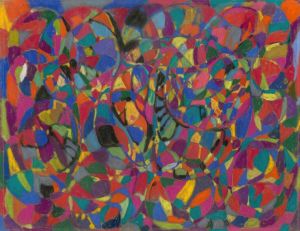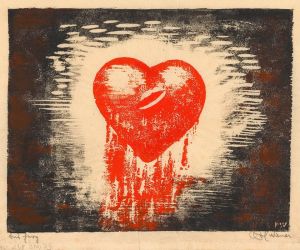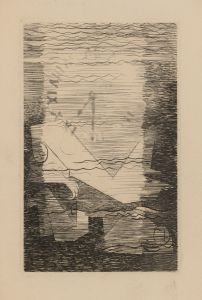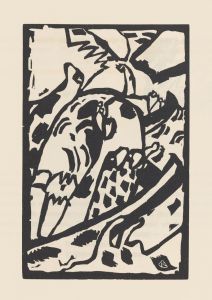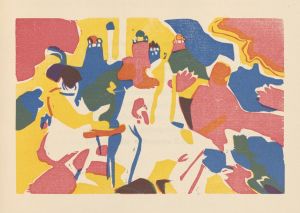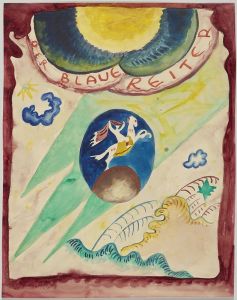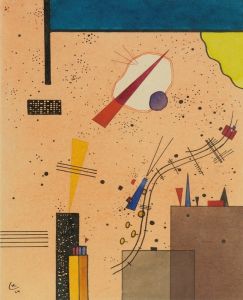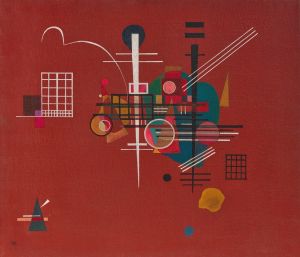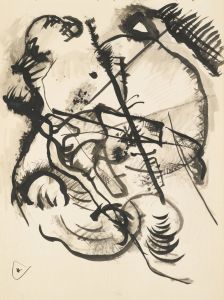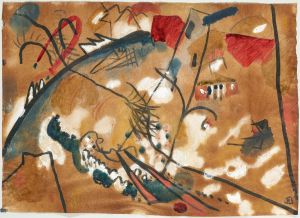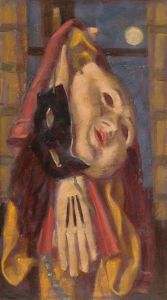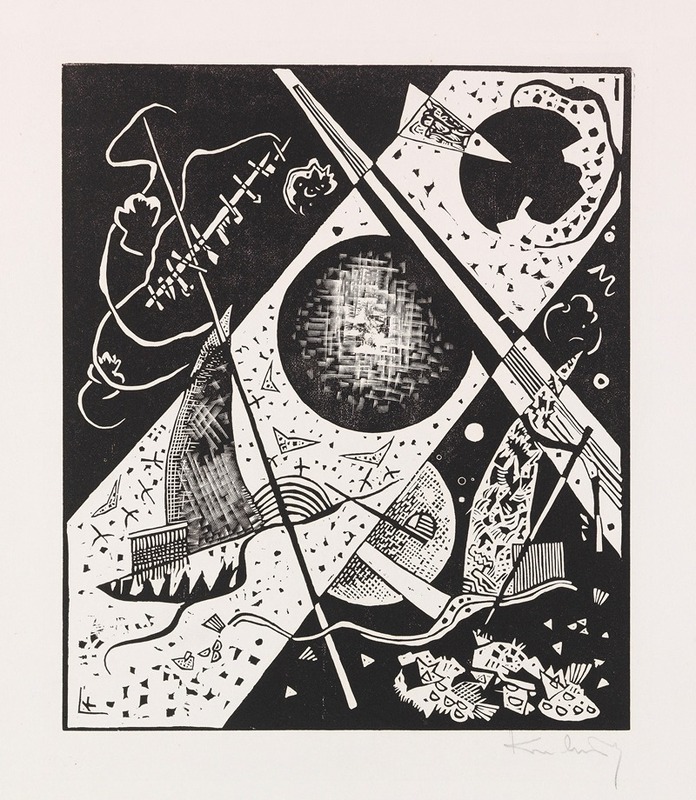
Kleine Welten VI
A hand-painted replica of Wassily Kandinsky’s masterpiece Kleine Welten VI, meticulously crafted by professional artists to capture the true essence of the original. Each piece is created with museum-quality canvas and rare mineral pigments, carefully painted by experienced artists with delicate brushstrokes and rich, layered colors to perfectly recreate the texture of the original artwork. Unlike machine-printed reproductions, this hand-painted version brings the painting to life, infused with the artist’s emotions and skill in every stroke. Whether for personal collection or home decoration, it instantly elevates the artistic atmosphere of any space.
"Kleine Welten VI" (Small Worlds VI) is a notable work by the Russian painter Wassily Kandinsky, created in 1922. Kandinsky is widely recognized as a pioneer of abstract art, and his works often explore the relationship between color, form, and emotion. "Kleine Welten VI" is part of a series of twelve prints collectively known as "Kleine Welten" (Small Worlds), which includes lithographs, woodcuts, and drypoints.
The "Kleine Welten" series was produced during Kandinsky's time at the Bauhaus, an influential art school in Germany where he taught from 1922 to 1933. The Bauhaus was known for its innovative approach to art, design, and architecture, and Kandinsky's work during this period reflects the school's emphasis on geometric abstraction and the integration of art and technology.
"Kleine Welten VI" exemplifies Kandinsky's mature style, characterized by a complex interplay of geometric shapes, lines, and vibrant colors. The composition is non-representational, meaning it does not depict any recognizable objects or scenes from the natural world. Instead, Kandinsky uses abstract forms to evoke a sense of dynamism and harmony. The print features a variety of shapes, including circles, triangles, and lines, arranged in a balanced yet dynamic composition. The use of color is also significant, with bold contrasts and harmonious combinations that create a sense of depth and movement.
Kandinsky's work is often associated with the concept of synesthesia, the idea that different senses can be interconnected. He believed that colors and shapes could evoke specific emotions and sensations, much like music. This idea is evident in "Kleine Welten VI," where the interplay of forms and colors creates a visual rhythm that can be likened to a musical composition.
The "Kleine Welten" series, including "Kleine Welten VI," was produced using various printmaking techniques, showcasing Kandinsky's versatility and experimentation with different media. Lithography, woodcut, and drypoint each offer unique qualities, and Kandinsky's mastery of these techniques is evident in the intricate details and textures of the prints.
"Kleine Welten VI" and the entire "Kleine Welten" series hold an important place in Kandinsky's oeuvre and in the history of abstract art. They reflect his ongoing exploration of the possibilities of abstraction and his belief in the spiritual and emotional power of art. The series also highlights Kandinsky's contributions to the Bauhaus movement and his influence on subsequent generations of artists.
Today, "Kleine Welten VI" and other works from the series can be found in various art museums and collections around the world, where they continue to be studied and admired for their innovative approach to form and color. Kandinsky's legacy as a pioneer of abstract art remains influential, and "Kleine Welten VI" is a testament to his enduring impact on the art world.





